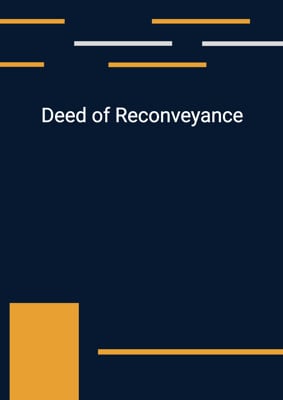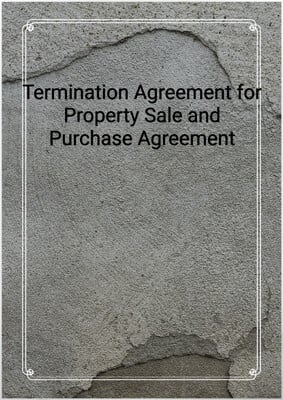How to Tailor the Document for Your Need?
01
Create Document
Fill in the details of the parties. You can click the "Fill with Member’s Information" button to complete it with information saved to your account.
02
Fill Information
Please fill in any additional information by following the step-by-step guide on the left hand side of the preview document and click the "Next" button.
03
Get Document
When you are done, click the "Get Document" button and you can download the document in Word or PDF format.
04
Review Document
The document should be signed by the authorised signatory (or directors of a company) and witnessed to complete the formality.
Document Preview
Document Description
The Warranty Deed is a legal document that is used to transfer ownership of real estate property from one party (the grantor) to another party (the grantee). This document serves as evidence that the grantor has the legal right to transfer the property and guarantees that there are no encumbrances or liens on the property, except as stated in the deed.
The document begins with a preamble that states the date of the agreement and identifies the grantor and grantee by their names and addresses. It also acknowledges the consideration received by the grantor for the transfer of the property.
The main body of the document contains several clauses that outline the rights and obligations of the grantor and grantee. The first clause states that the grantor has valid title to the property and the right to convey it to the grantee. This ensures that the grantee will receive clear and marketable title to the property.
The second clause guarantees that there are no encumbrances or liens on the property, except as described in the deed. This provides assurance to the grantee that they will not be responsible for any outstanding debts or claims on the property.
The third clause is a warranty clause, where the grantor promises to defend the grantee's right to the property against any claims or challenges by third parties. This protects the grantee from any legal disputes that may arise regarding their ownership of the property.
The document concludes with the signatures of the grantor and grantee, as well as the signatures of witnesses. These signatures serve as evidence that the parties involved have agreed to the terms of the deed and have executed it in the presence of witnesses.
In summary, the Warranty Deed is a crucial document in real estate transactions as it ensures that the grantee receives clear and marketable title to the property, free from any encumbrances or liens. It also provides legal protection to the grantee by guaranteeing their right to the property and defending it against any claims or challenges.
How to use this document?
1. Enter the names and addresses of the grantor and grantee in the agreement. This will clearly identify the parties involved in the transfer of the property.
2. Acknowledge the consideration received by the grantor for the transfer of the property. This ensures that the transfer is supported by valid consideration.
3. State that the grantor has valid title to the property and the right to convey it to the grantee. This guarantees that the grantee will receive clear and marketable title to the property.
4. Specify that there are no encumbrances or liens on the property, except as described in the deed. This provides assurance to the grantee that they will not be responsible for any outstanding debts or claims on the property.
5. Include a warranty clause where the grantor promises to defend the grantee's right to the property against any claims or challenges by third parties. This protects the grantee from any legal disputes regarding their ownership of the property.
6. Ensure that the document is signed and sealed by the grantor and grantee in the presence of witnesses. This serves as evidence of the parties' agreement to the terms of the deed.
7. Have the document acknowledged by a notary public to validate the signatures. This adds an extra layer of authenticity to the document.
8. Keep a copy of the Warranty Deed for future reference and record-keeping purposes. This will be important in case any disputes or issues arise in the future regarding the property ownership.
Not the right document?
Don’t worry, we have thousands of documents for you to choose from:














